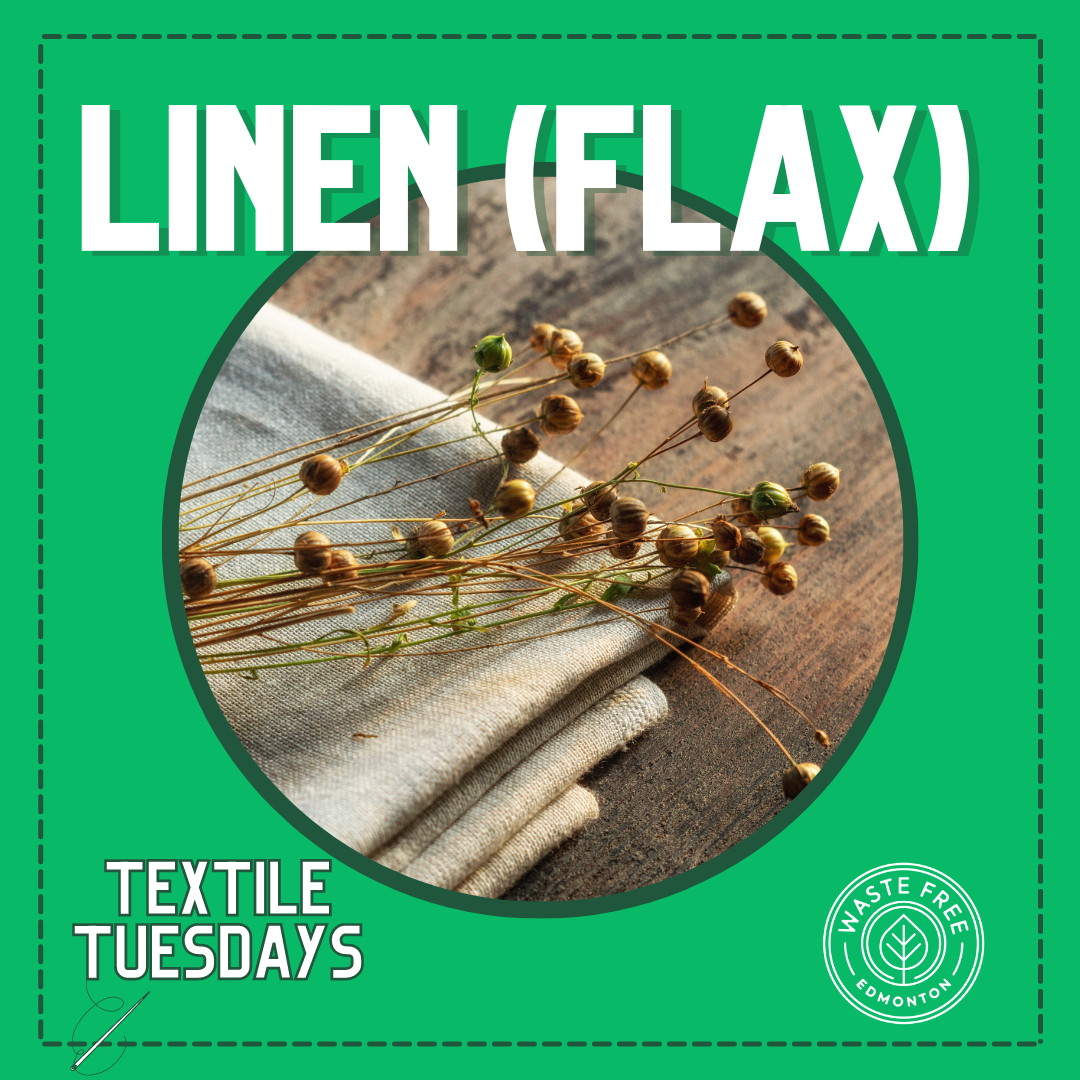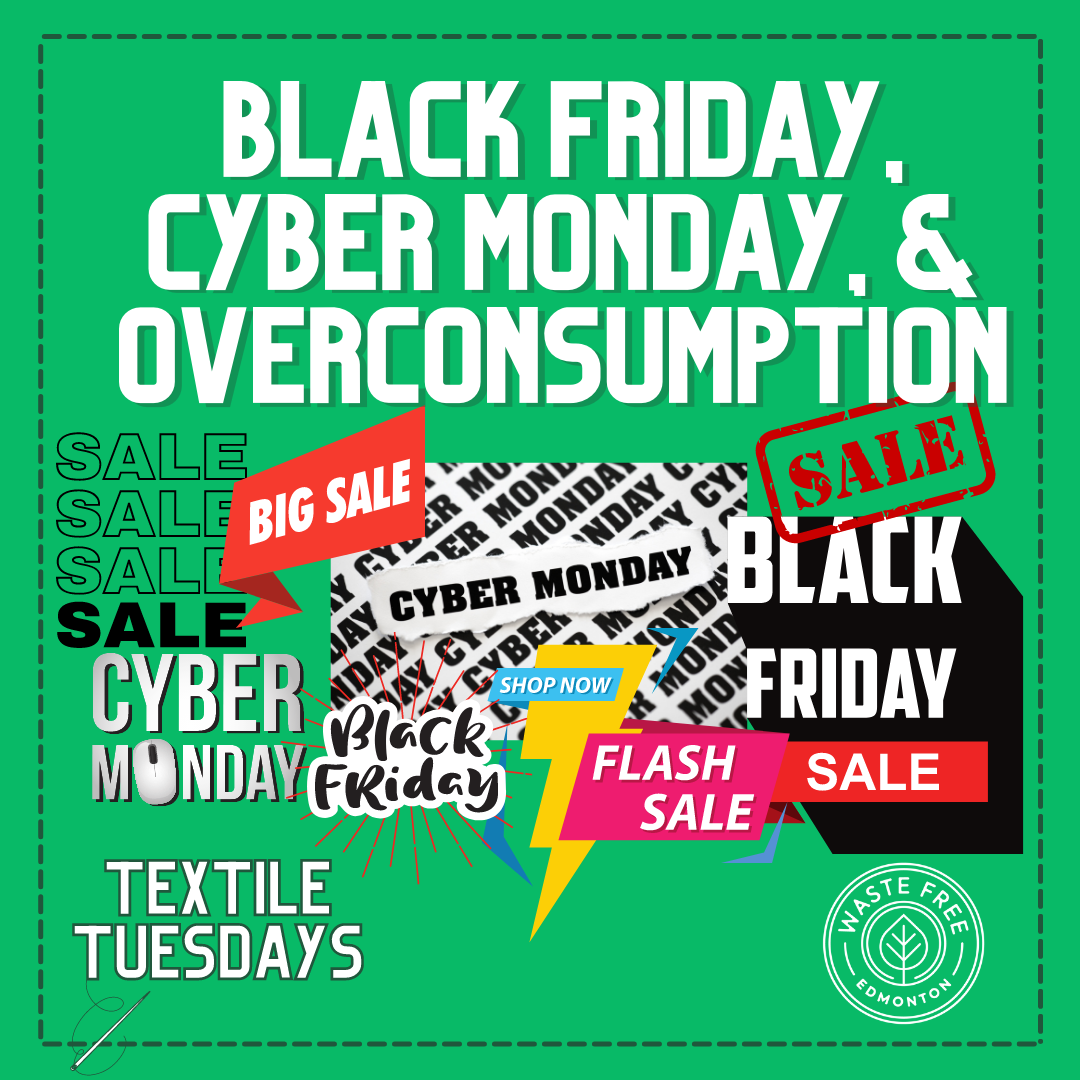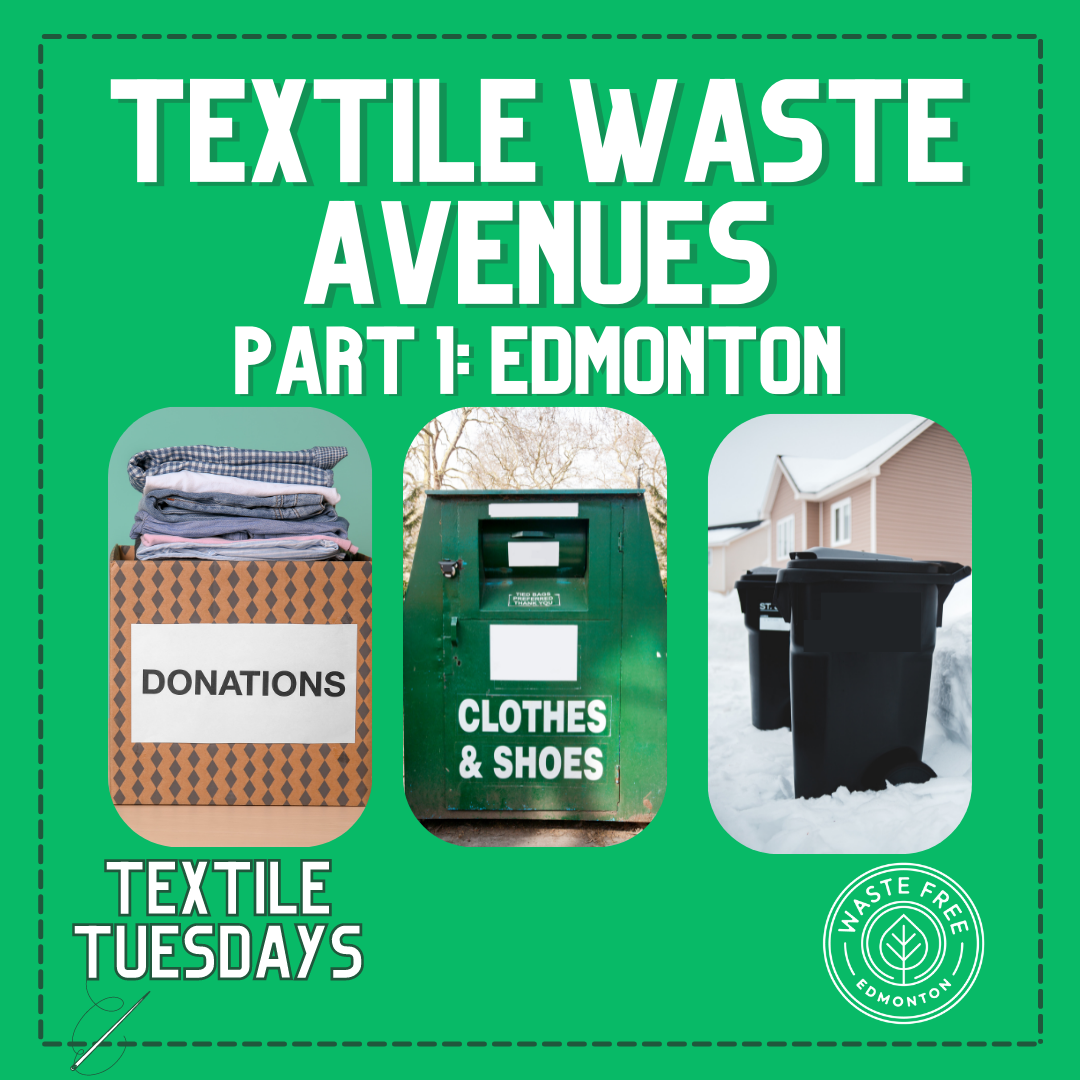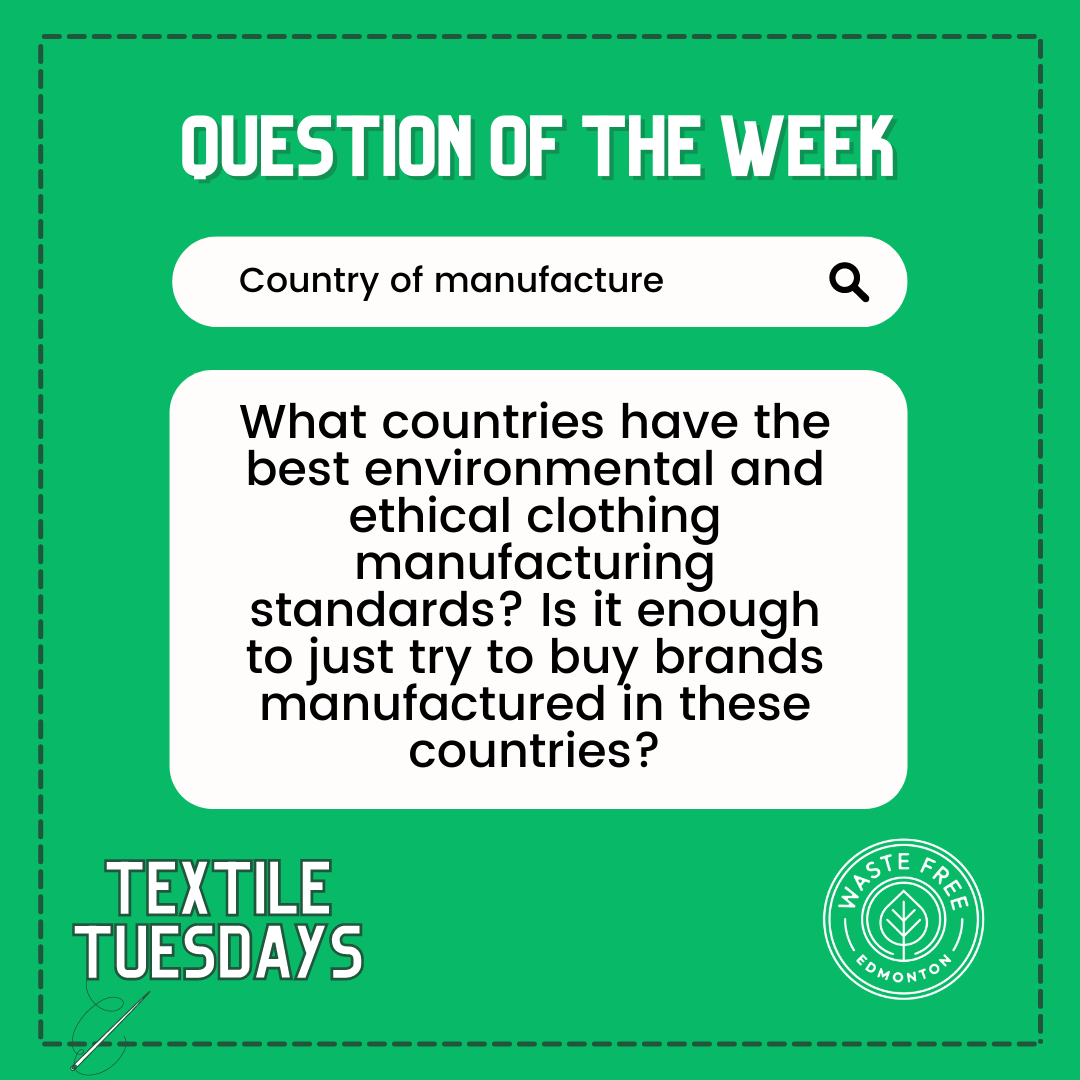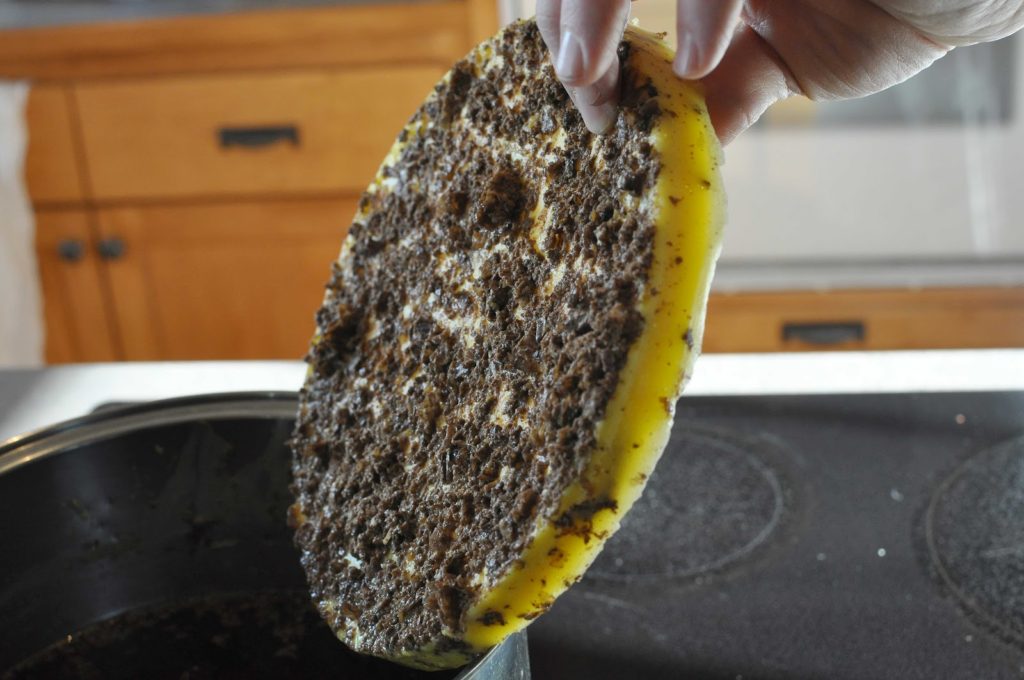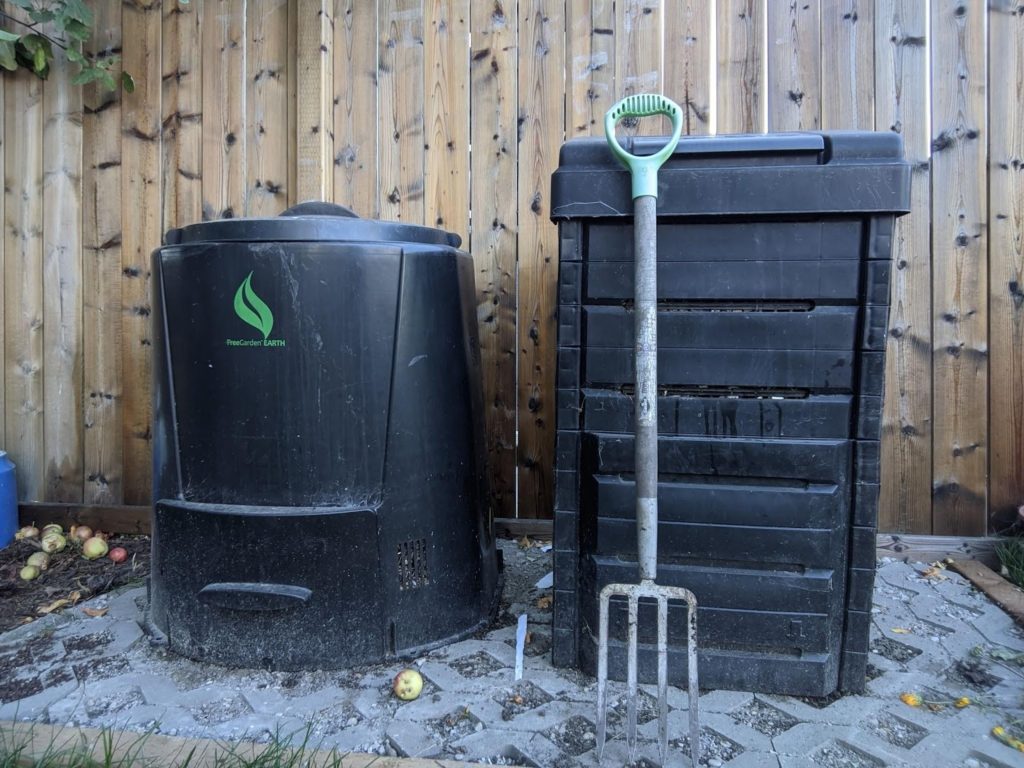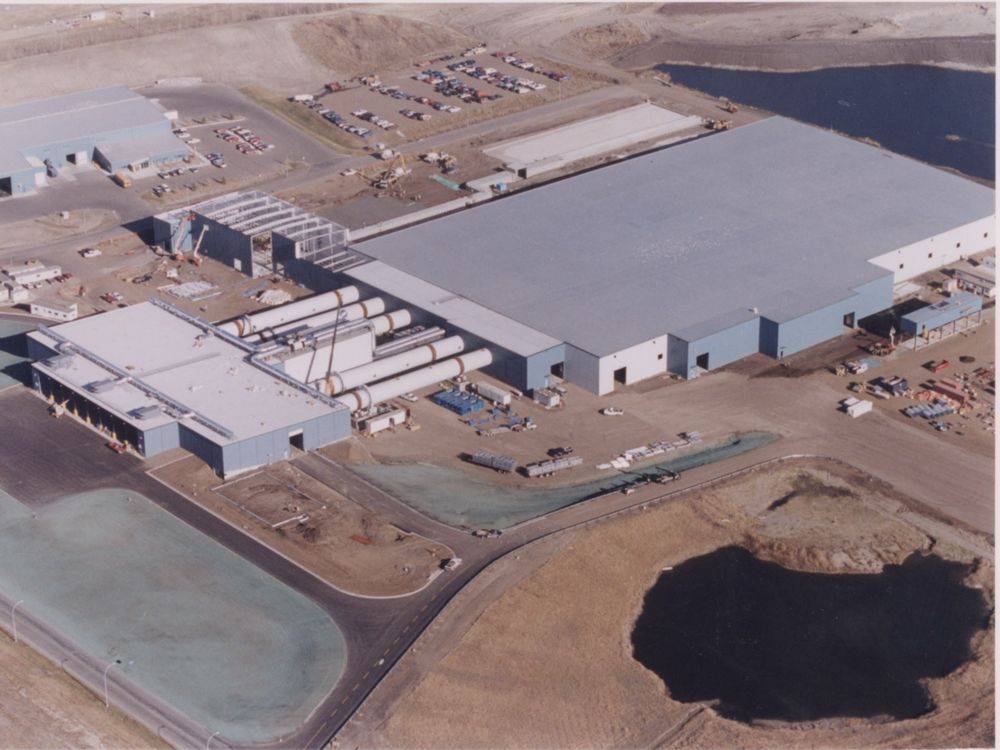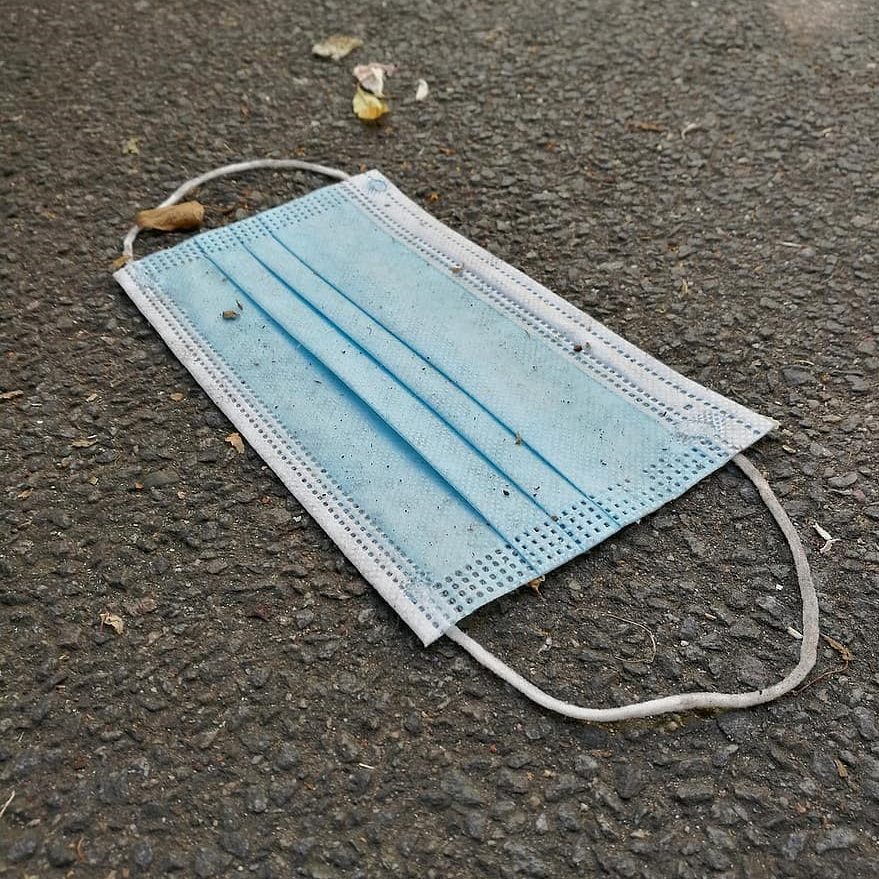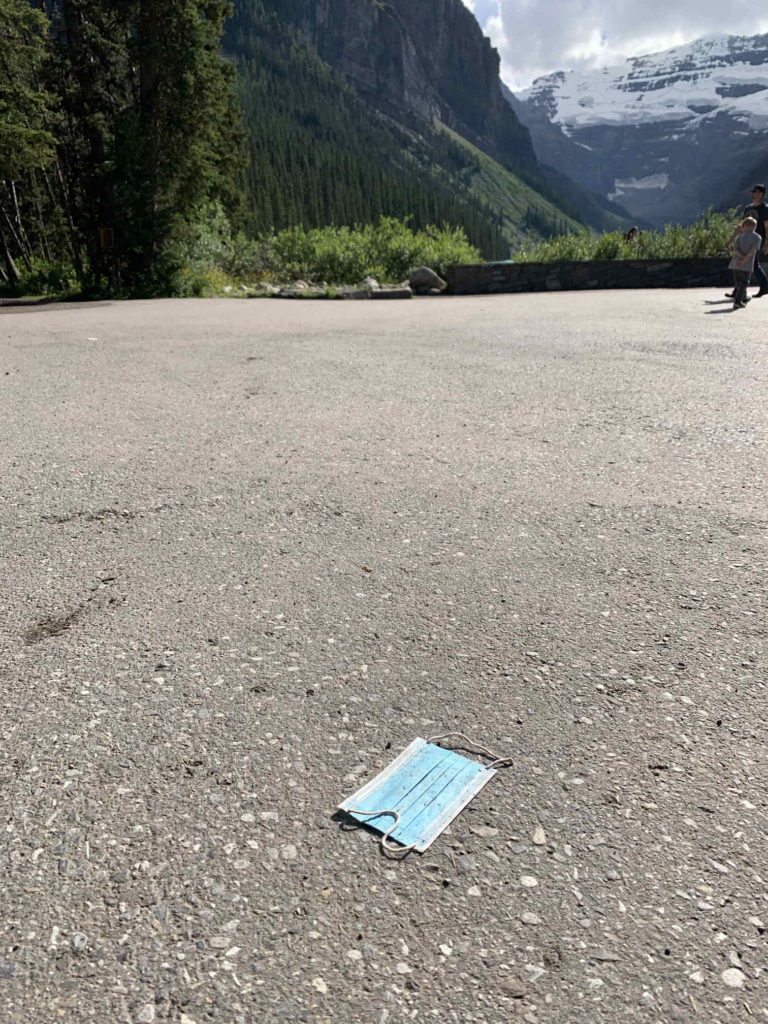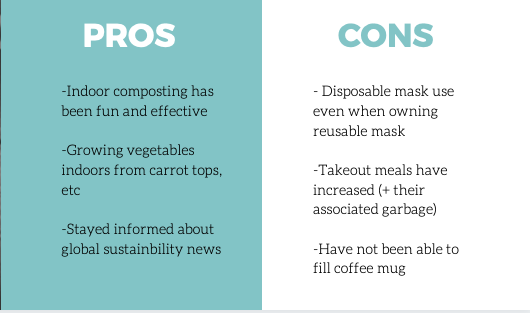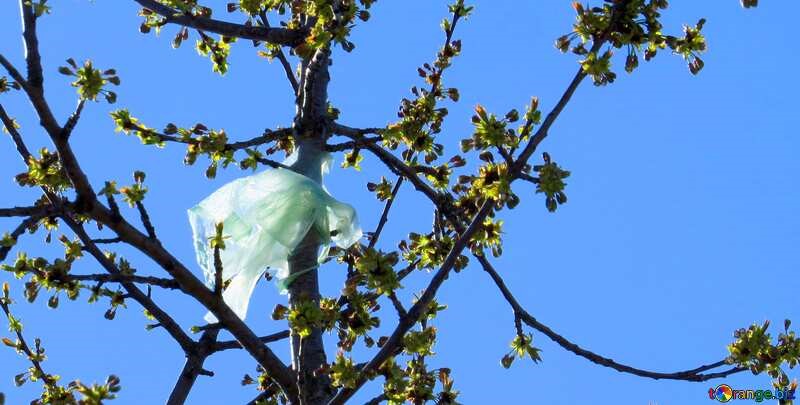“Climate change is not the problem. Climate change is the most horrible symptom of an economic system that has been built for a few to extract every precious ounce of value out of this planet and its people, from our natural resources to the fruits of our human labour. This system has created this crisis.”
Colette Pichon Battle. “An Offering the From the Bayou.” All We Can Save: Truth Courage And Solutions For The Climate Crisis. Edited by Ayana Elizabeth Johnson & Katharine K. Wilkinson.
Waste Reduction Week Canada has extended from one week in October to the entire month, with a dedicated focus on the circular economy. The concept of a circular economy has been around for over 10 years, but the vocabulary is just starting to make its way into the general public. There are many governments and businesses advocating for a turn to the circular economy. But there are also many climate justice workers and academics that are sounding the alarm about the pitfalls and problems associated with it. In this article we will define the circular economy and then explore some of its benefits, barriers to implementation, and problems identified with it. Then list some actions you can take in your communities to help work toward a just transition.
Even if you have never heard the term “circular economy”, you can probably start to imagine a basic definition, especially when applied to the climate crisis. As defined by Waste Reduction Week Canada, circularity “incorporates better design that consumes less raw material during production, maximizes value during use, and improves products and services that are intended to eliminate wastes.” (Source) At its core, the circular economy is an economic framework that is meant to be overlaid with our current economic system. It replaces the linear model of product generation which creates products that have a limited lifespan before becoming waste. Recognizing that there are limited resources on our planet, a circular economy attempts to make the best use of those resources, while positively impacting business growth. It aims to do so with a focus placed on sharing, leasing, reusing, repairing, refurbishing and recycling existing materials and products. (Source)
In a circular economy more attention is paid to everything that goes into the cycle (like materials and energy), to ensure that as little as possible comes out as waste. As advertised, some of its benefits would include:
- Manufactured items will last longer
- Eliminating planned obsolescence
- Prioritizing access over ownership
- Creating items that are easier to repair
- Less greenhouse gas production and less waste in general
Of course this is only a short list, and there are as many advertised benefits as there are cities and companies working toward full implementation of a circular economy! As with any economic based solution to humanity’s current crisis, there are also strong voices addressing the barriers and speaking out against the implementation of a circular economy as it is currently defined.
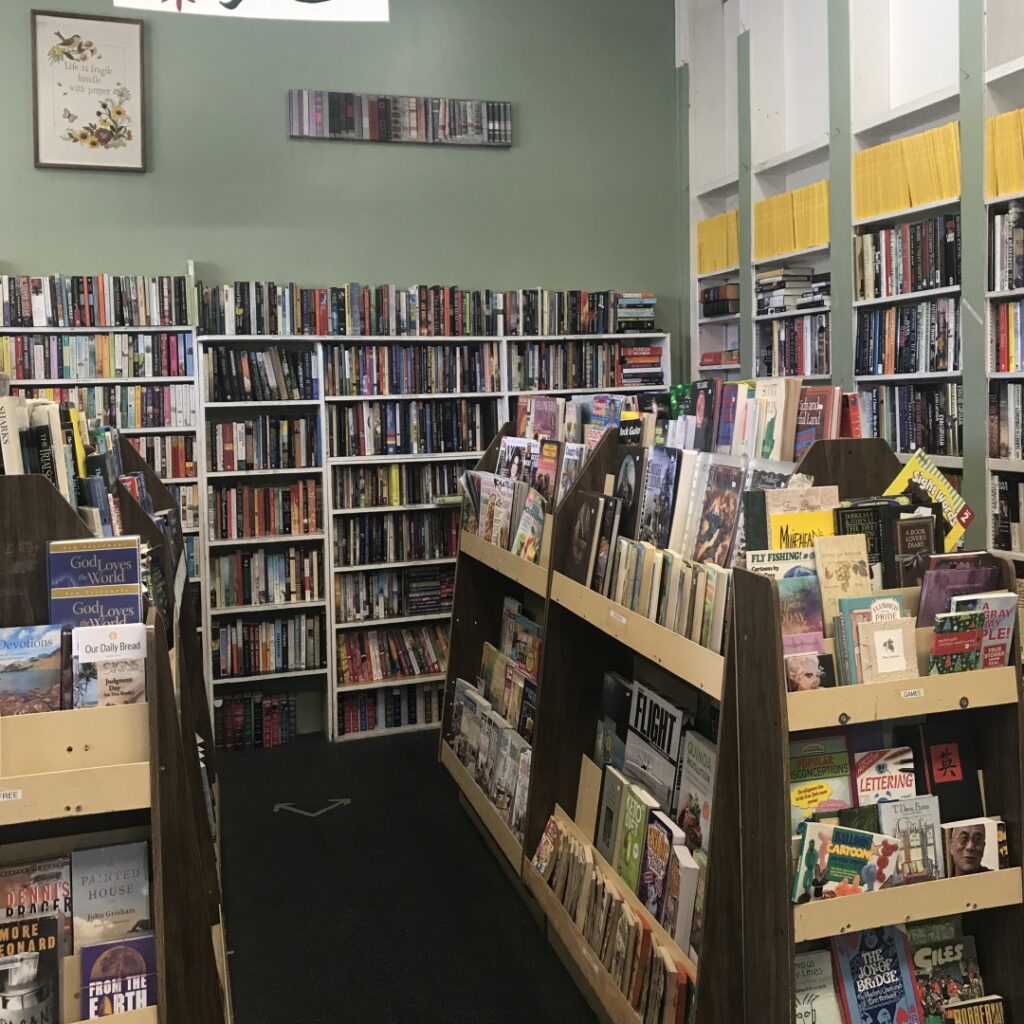
CRITICISMS OF THE CIRCULAR ECONOMY
As politicians, business, and researchers advocate for moving to a circular economy, there are other voices engaging in critical discourse around these purported benefits. Concerns raised include barriers to a full implementation of a circular economy, missed opportunities, and holes that could prevent us from reaching our full potential as humans and not just as consumers.
A core building block of the CE is the recyclability and reuse of products and materials. Unfortunately, some recycled materials degrade faster the more times they are recycled and many hazardous materials cannot be safely recycled or reused at all. (Source) How can we balance our goals of sustainability with the reality of the products we rely on to achieve those goals?
Reuse and recycle is a subject that is easy to simplify for regular folks to understand, while remaining complex at its root. The same can be said for jobs. We hear news everyday about job losses and gains, and we have seen first hand during the pandemic how unstable many of our traditional jobs are. The reason for job losses is always blamed on “the economy”. But how can we use a new economic framework to ensure that we have quality, local jobs. The circular economy does mention job creation, but unfortunately fails to demand good jobs, or mandate that they be created locally using culturally appropriate technologies (Source). In fact, there are many opportunities for job creation while transitioning to a circular economy. Much of the technology and infrastructure we will require to recycle and repurpose materials has not reached the scale demanded of the speed we must be moving to reach our climate goals. The current lack of infrastructure in many communities poses a problem to full implementation of a circular economy (source), but offers great opportunities to create long-term, good, local jobs. This must be addressed head on when building out the circular economy standards. In fact, there is not yet any international recognized standardisation with regards to circularity performance (source), another point made by critics.
These standards must include social justice and social equity, and the writing on circular economy implementation does not reflect that. In fact, many examples of the ways governments can enact a circular economy do not mention social equity or social justice at all. They are primarily focused on environmental and business outcomes. If we want there to be social equity in our new economic system we must name it, and demand it. We cannot assume that it will just materialize while we work on our waste reduction goals. Failing this, we will continue to see “abuses of power, unhealthy or unfair labour and living conditions or a disrespect of human rights” (Source)
Doughnut Economics offers an alternative to a circular economy that has those social factors built directly into the framework. Where the circular economy focused on the lifecycle of products, Kate Rawroth’s playful Doughnut directly names social and planetary boundaries, and “acts as a compass for human progress this century”. (Source) This framework is already in play in many municipalities around the world to the great benefit of those citizens and residents.
While there are many concerns to implementing a circular economy worldwide – or even in our communities – there are many benefits offered as well. Currently, the circular economy offers an interesting framework for improving environmental and business sustainability, but lacks strength in the social field. If governments around the world continue to push for a circular economy, we will need to overcome the barriers to implementation, balance the environmental and business objectives, and more clearly define the social demands. And prioritize those. There are sustainable solutions offered within other frameworks – like the Doughnut Economy – and many researchers working on balancing the circular economy. While we work toward reducing humanity’s negative impact toward our continued survival, we will need to take advantage of all the tools available. Perhaps the final solution will involve the great parts of the circular economy working alongside other ideas. And will facilitate all of humanity working together to ensure we achieve sustainable – and equitable – futures for everyone.

TAKE ACTION
Here at Waste Free Edmonton, we have focused our attention on local waste reduction efforts. And lately, the City of Edmonton has taken some steps toward implementing a circular economy (Single Use Item Bylaw). Here are some actions you can take at home and as a citizen, keeping in mind that choices aren’t easy to make for some families. The symptoms of climate change cannot be fixed on the individual level, which is why we need systems change to make sure everyone has equal access to those choices.
SHARE this pdf explaining Edmonton’s Single Use Item Bylaw with friends, family and coworkers in Edmonton. Discuss why you are excited about the bylaw, and which aspects might be difficult for others in our community.
SEND an email to your Member of Parliament sharing why you are in favour of going beyond a “plastics ban” and implementing a nation wide single use item ban.
ASK your manager what your company is doing to eliminate waste throughout all internal processes. (Or maybe you are the decision maker and can address this directly!)
BORROW a tool the next time you need one from the Edmonton Tool Library, buy a refurbished phone, or check out the Reuse Centre for craft or party supplies.
SIGN this petition hosted by Open Media to demand the federal government stop stalling on broad Right to Repair legislation.
If you have any ideas for our readers on other actions they can take at home or in their communities, please leave them in the Comments!
FURTHER READING AND RESOURCES
This article is only the tip of the (melting) iceberg. We encourage you to do more reading and discovery about the circular economy. And then share and discuss that information within your community. Here are some links we found useful while preparing this article.
Waste Reduction Week Canada, Introducing the Circular Economy
Government of Canada Circular Economy information, and Initiatives
Strategy on Zero Plastic Waste (Canadian Council of Ministers of the Environment)
Circular economy: definition, importance and benefits (European Parliament News)
European Parliament Research Service
UMaine research shows circular economies are lacking in their approach to social justice (University of Maine)
Thinking beyond borders to achieve social justice in a global circular economy (Circle Economy)
Cities After podcast, “Climate Change Series: The Circular Economy – Pt 4” published September 6, 2022
Circular Economy Critics and Challenges (Circular Academy)
The 5 Common Obstacles in Implementing Circular Economy (Waste for Change Indonesia)


